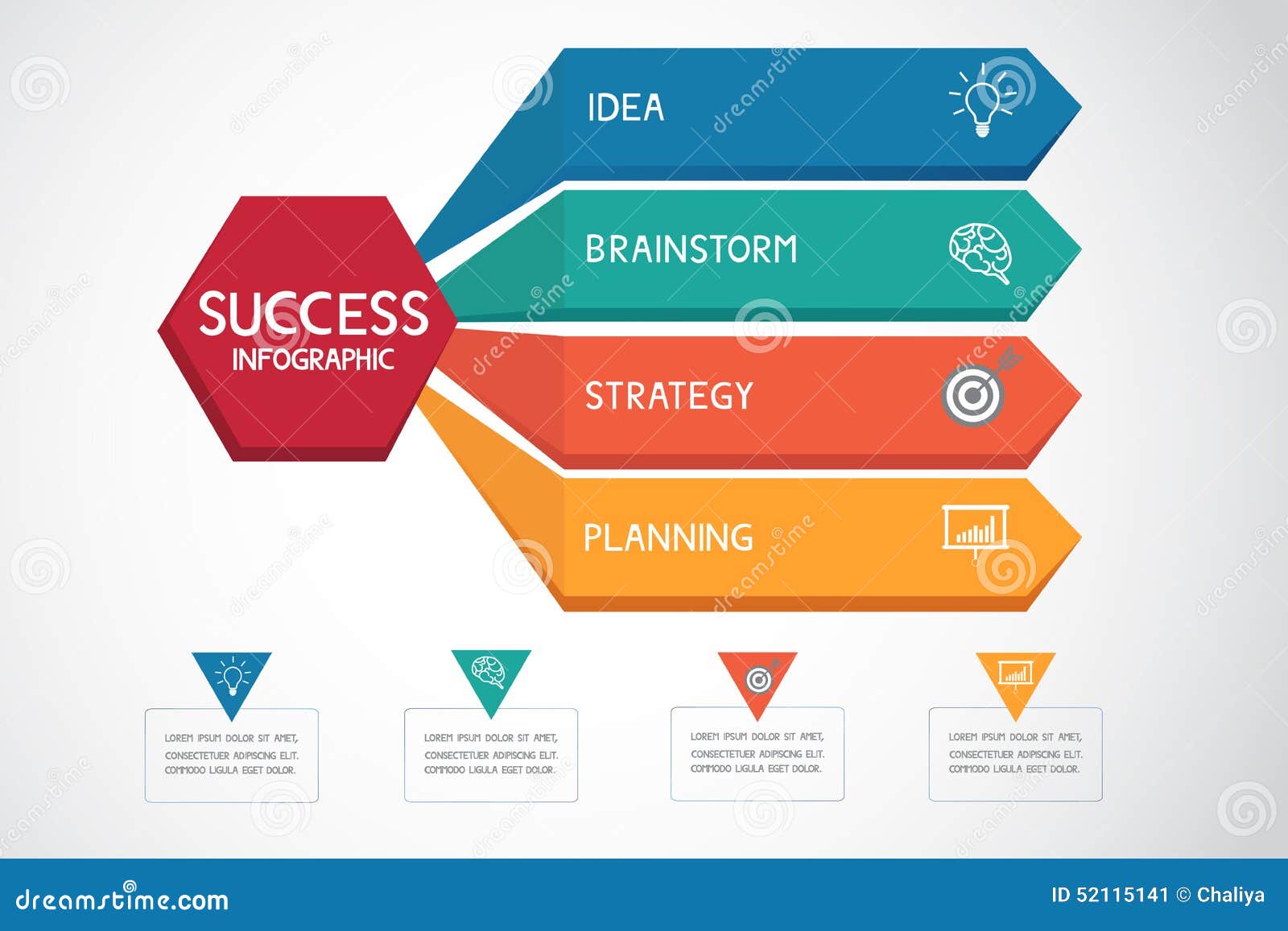Site Layout Basics: Tips For Structure A User-Friendly Website
Site Layout Basics: Tips For Structure A User-Friendly Website
Blog Article
Web Content Produce By-Aguirre Skinner
When it pertains to website design, making certain user-friendliness is key. From receptive style to streamlined navigating, every element plays an important role in producing a site that caters to your target market's requirements. Yet what concerning the finer information that can make or break a customer's searching experience? Remain tuned as https://www.mckinsey.com/industries/life-sciences/our-insights/the-rise-of-digital-marketing-in-medtech discover some often-overlooked suggestions that can raise your website's use to the next degree, making it really stand apart in the digital landscape.
Importance of Responsive Design
Receptive layout is a vital element of modern web site development. Ensuring your web site is responsive ways that it can adapt to different screen dimensions and devices, giving a seamless experience for users.
With the boosting use smartphones and tablets to access the internet, having a responsive style is essential for getting to a wider audience. It assists in improving individual experience by making your internet site simple to browse and continue reading any gadget.
In addition, receptive layout can positively affect your online search engine positions, as online search engine like Google focus on mobile-friendly sites. By having a receptive layout, you're likewise future-proofing your website, as new tools with differing display dimensions continue to arise.
Simplify Navigating Framework
To enhance customer experience and assist in very easy access to info on your website, streamlining the navigation structure is critical. When making updated blog post , concentrate on creating a clear and intuitive navigating menu that assists site visitors discover what they're seeking rapidly.
Limitation the number of menu items to the fundamentals, grouping related web pages with each other to stay clear of frustrating customers. Usage descriptive tags that plainly show the content of each web page, making it simpler for users to understand where each web link will take them.
Consider implementing dropdown menus for subcategories to avoid jumbling the major navigating bar. Additionally, consist of a search bar plainly on the web page for individuals who choose looking for specific details.
Focus on mobile responsiveness in your navigating style to guarantee very easy accessibility on all devices.
Enhance Page Tons Speed
Improving web page load rate is vital for preserving site visitors on your internet site. Slow-loading web pages irritate individuals and can cause high bounce rates. To maximize page tons rate, begin by optimizing pictures. Compress photos without compromising high quality to minimize their data dimensions.
Furthermore, allow web browser caching to keep frequently accessed resources locally, speeding up load times for returning visitors. Minify CSS, JavaScript, and HTML data by eliminating unnecessary characters, remarks, and formatting, boosting lots rate.
Consider utilizing a content delivery network (CDN) to distribute your website's content throughout several web servers worldwide, decreasing latency for customers accessing your website from different places. Finally, restrict using third-party manuscripts and plugins, as they can considerably influence tons times.
Final thought
Finally, by incorporating receptive style, streamlining navigation, and enhancing web page tons rate, you can create an easy to use website that attract a bigger target market and improves user experience. How Digital Marketing Agency Works ensure that site visitors can easily access and navigate your site across different tools, resulting in raised interaction and contentment. By concentrating on these vital elements, you can build a successful internet site that maintains customers returning for more.
